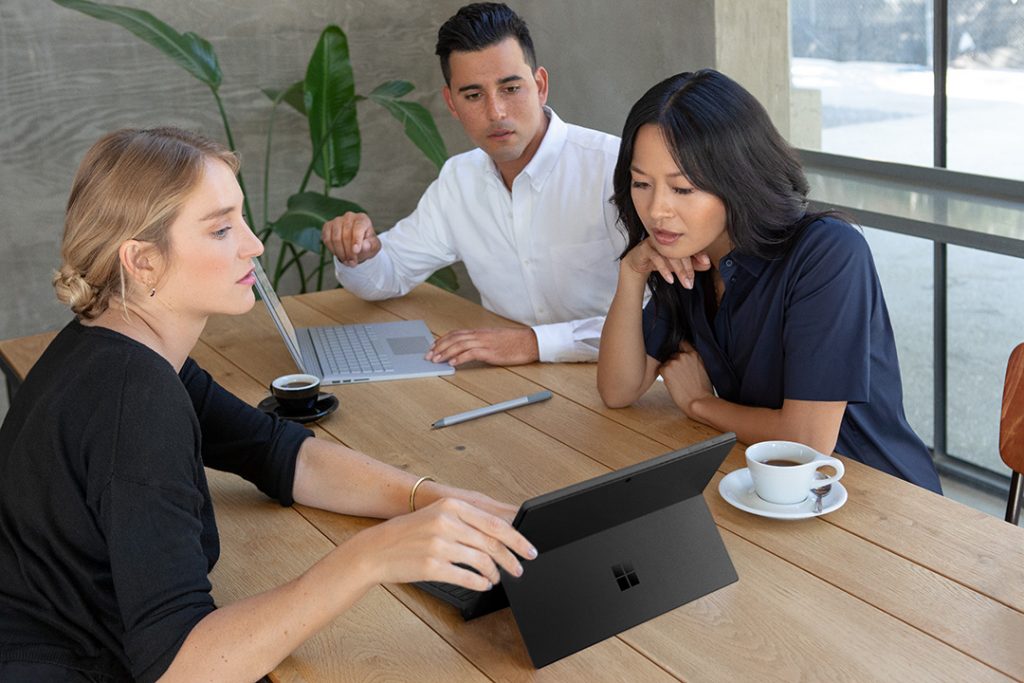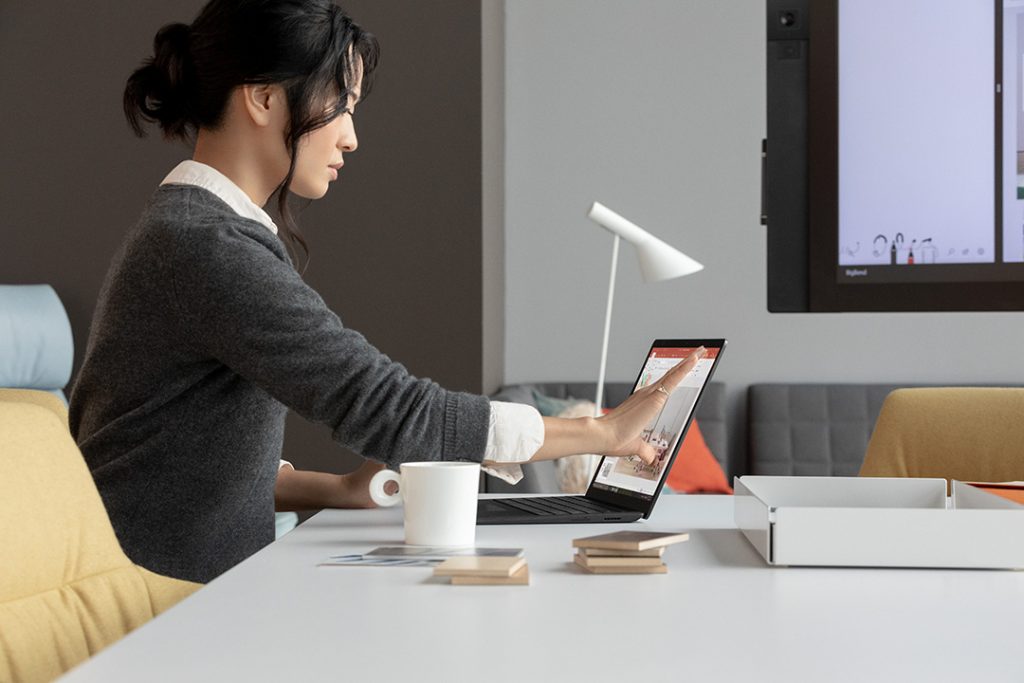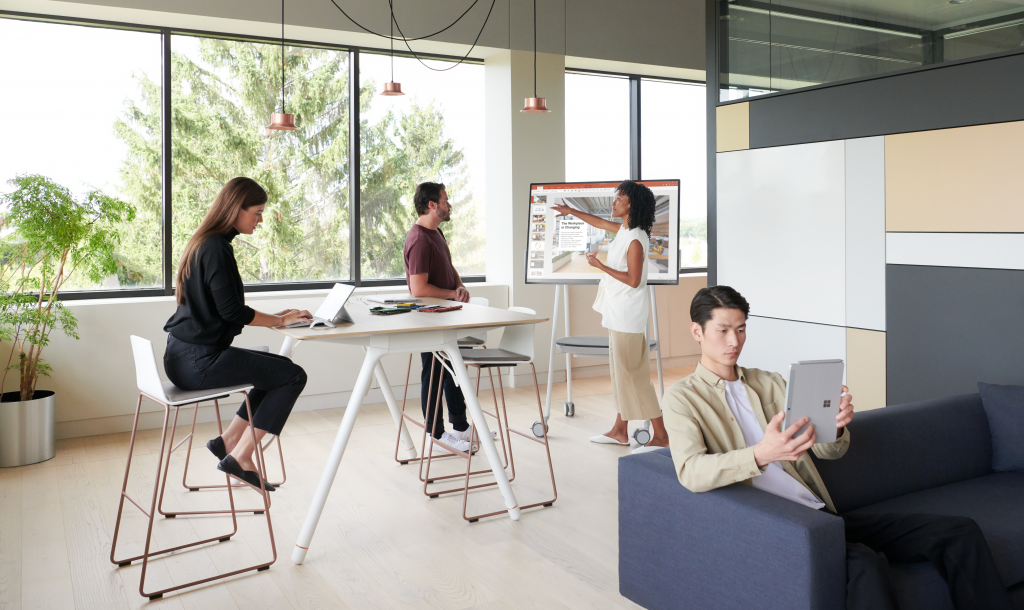
How to recruit digital-savvy generations

Millennials, those people born in the 1980s-90s, grew up surrounded by technology. They are also becoming the largest generational cohort in the workplace. And as they move further into their careers, and as other generations come up through the ranks, we must ensure that we are able to meet their expectations for a modern workplace.
Meeting the expectations of millennials
Because they grew up alongside technology, millennials expect digital to be a large part of their work. And they expect to be given the tools to make them more efficient. Having flexible devices, tools and apps – which make it easy to collaborate anywhere and anytime – also addresses other key expectations that millennials will expect: flexibility and work-life balance.
Flexibility and mobility
Studies have shown that the higher the flexibility, the better the employee productivity, performance, and retention. The way one person works may not be the same as another. And according to FlexJobs’ annual work flexibility survey, 65 percent of respondents said they’d be much more productive if they could work at home.
By using cloud-based apps like Microsoft Teams to collaborate, you can keep employees productive no matter where they are. Employees can access their work from any device securely, allowing barrier-free collaboration.
Training and up-skilling
According to a Deloitte survey, 51 percent of millennials believe they will need to retrain as the use of AI increases. So invest in ongoing re- and up-skilling, particularly with new technology. To unlock the potential of AI, Microsoft has created the AI Academy, aimed at helping employees develop their AI skills. And as the research shows, businesses already on their AI journey are delivering 5 percent better outcomes than those that aren’t.
By providing employees with the tools to increase their knowledge, you’ll be on the path to better productivity, performance, and customer engagement.
Ensuring diversity
Millennials are also the most diverse generation we’ve seen in the UK. Due to this, they expect their workplace to reflect that. 83 percent of millennials are actively engaged when they believe their organisation fosters an inclusive culture. Millennials also have a positive opinion about the next generation entering the workforce, with 61 percent agreeing that Generation Z will have a positive impact, thanks to their digital skills and creativity.
Born from the late 1990s-2010s, Generation Z will be the first to make their steps into the workplace after millennials. Gen Z is even more digital-savvy, many having no memory of a pre-internet world. And because they have greater access to digital tools and devices, Gen Z consider themselves more creative than previous generations.
 Preparing for future roles
Preparing for future roles
By 2025, 65 percent of people will be doing jobs that don’t exist yet. Job responsibilities and skills will change. AI, automation, and IoT will disrupt jobs. But it will also create new and exciting roles. Creativity will become a higher-value skill, alongside digital proficiency, as future roles are shaped by new technologies.
To ensure we have talented people in our organisations, Microsoft has created a digital skills programme, to help everyone grow their technical skill set and gain digital proficiency. By committing to encourage your employee’s skills growth you will attract a diverse talent pool and have higher numbers of retention.
The value of apprenticeships
As Gen Z enter the workplace, apprenticeships are a great way for work-ready students to gain the technical and soft skills they need – not just now, but in the future. It provides real-world, on-the-job experiences that classrooms can’t. And it provides a passionate and loyal workforce, with 92 percent of apprentices staying with the company they trained with.
As our world embraces new technology, we need to do all we can to ensure our future generations have access to the tools they need to succeed. This means fostering a culture of learning and collaboration. Making sure people can do their jobs creatively and flexibly, no matter where they are. By supporting the needs and expectations of your employees, you will have a more productive, innovative, and happier organisation.
Find out more
[msce_cta layout=”image_center” align=”center” linktype=”blue” imageurl=”https://www.microsoft.com/en-gb/industry/blog/wp-content/uploads/sites/22/2018/10/Digital-skills.png” linkurl=”https://www.microsoft.com/en-gb/athome/digitalskills/” linkscreenreadertext=”Prepare for the future” linktext=”Prepare for the future” imageid=”6382″ ][/msce_cta]
[msce_cta layout=”image_center” align=”center” linktype=”blue” imageurl=”https://www.microsoft.com/en-gb/industry/blog/wp-content/uploads/sites/22/2019/01/Employee-engagement-quote.png” linkurl=”https://www.microsoft.com/en-gb/office/employee-engagement/” linkscreenreadertext=”How to engage employees” linktext=”How to engage employees” imageid=”6112″ ][/msce_cta]





